FOR AGES 7 YEARS TO 8 YEARS
Image © Pikwizard.
Skeletons are hard structures that help support and protect the body, and they can vary a lot. Humans have a skeleton on the inside of their bodies, but some animals, like crabs, have external skeletons.
Animal skeletons are part of the Year 3 science curriculum. These great resources will help out any parent who wants to support their KS2 child's learning at home while having some fun along the way.
Check out this guide to animal skeletons below, for some fun facts and creative activities alongside the key information that your child needs to know on the KS2 curriculum.
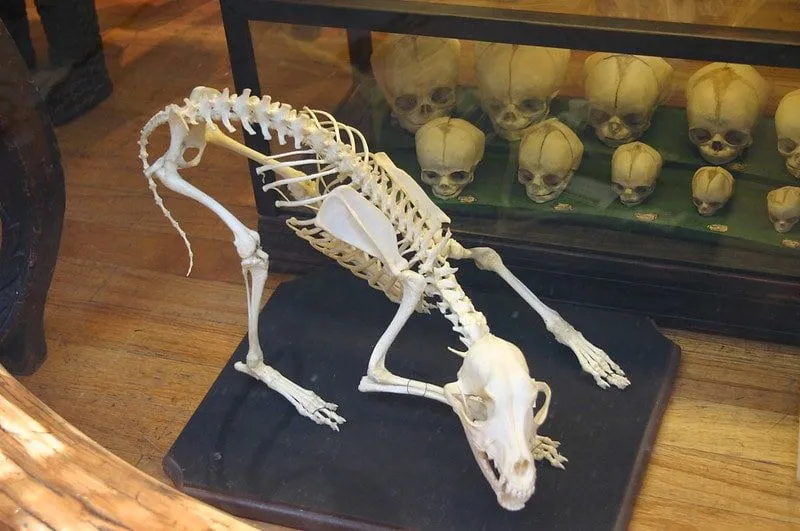
Image © Ryan Somma
Skeletons are large structures and they have important functions. They help protect an animal's soft tissue and organs, which are important parts of the body, such as the heart. They also allow living things to move. The skeleton also provides a structure for the body; it is the reason that humans can stand up!
Skeletons can be made up of different materials. The skeletons of mammals, which are warm-blooded animals, are made of bones. Each bone acts like an anchor for the muscles in the body, which enables movement in animals. Bones are made of a hard white substance called calcium and another substance called collagen, which is softer.
Some animals have skeletons that are not made up of bones. Arthropods are a group of animals whose skeletons are made of a substance called chitin, which is a hard protein material. This gives the creature protection and support. Arthropods include animals like crabs and spiders. Skeletons made of chitin are found on the outside of the body, and they are called exoskeletons. Skeletons that are found on the inside of the body are called endoskeletons.
Some creatures have a hydrostatic skeleton. These are made of fluid, which is put under lots of pressure and forms the animal's structure. An example of an animal with this skeletal structure is the starfish.
Animals who have a skeleton are either a vertebrate or an invertebrate. Vertebrates are animals which have a spine (a backbone) as part of their skeleton. Many animals are vertebrates, including mammals, fish, birds and reptiles. Most vertebrate animals have endoskeletons.
Invertebrates are animals who have no spine as part of their skeleton. Most invertebrates are exoskeletons or hydrostatic skeletons.
The skeleton is often very different depending on which animal it belongs to. This is because it has adapted over time to suit the animal and its needs. For example, fish have a very flexible spine because they swim, and this allows them to do so very easily.
Large land animals including humans have adapted to have long bones in their arms and legs, so they can run fast. Some land animals like kangaroos have shorter bones in their front legs, and longer ones in their back legs, because this allows them to jump very high.
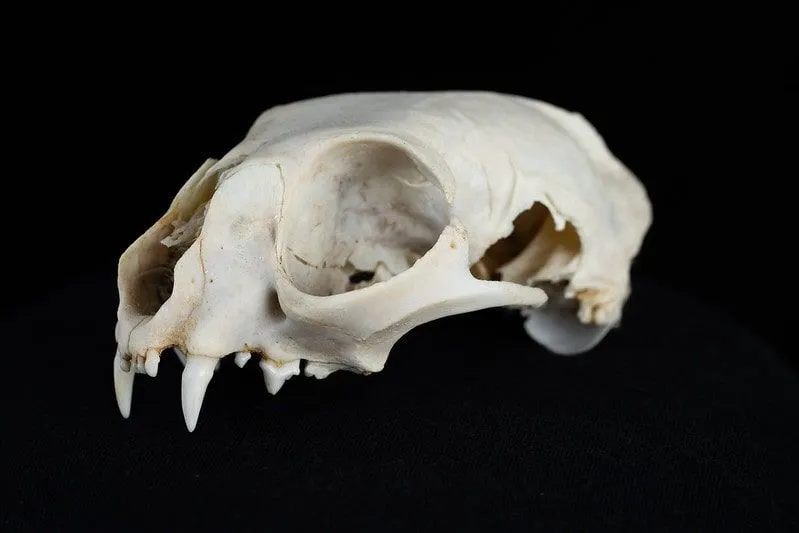
Image © Unsplash
1.98% of the world's creatures are invertebrates.
2.Bats and birds have hollow skeletons so they are lighter. This makes it easier for them to fly.
3.Endoskeletons grow with an animal and are permanent. Exoskeletons are often shed once the creature gets too big for it, and a new exoskeleton grows to replace it.
4.Giraffes have seven bones in their necks, which is the same number as humans.
5.Moles have very big foot bones which allow them to burrow in the ground.
Why not try a fun, educational activity to further your child's learning?
One great activity for children is making their very own skeleton. You can easily find sheets online with pictures of the different skeletal parts of all different creatures. Simply cut these out and stick them together to form your very own paper copy of a skeleton.
Top Tip: Instead of using glue, your child could use split pins to attach the different skeletal body parts together. This will make it look like your child's creation has muscle movement.
Another great idea is to make some delicious animal-shaped cookies. Kids could use white icing to illustrate the bone structure of their chosen animal.
Read The Disclaimer
At Kidadl we pride ourselves on offering families original ideas to make the most of time spent together at home or out and about, wherever you are in the world. We strive to recommend the very best things that are suggested by our community and are things we would do ourselves - our aim is to be the trusted friend to parents.
We try our very best, but cannot guarantee perfection. We will always aim to give you accurate information at the date of publication - however, information does change, so it’s important you do your own research, double-check and make the decision that is right for your family.
Kidadl provides inspiration to entertain and educate your children. We recognise that not all activities and ideas are appropriate and suitable for all children and families or in all circumstances. Our recommended activities are based on age but these are a guide. We recommend that these ideas are used as inspiration, that ideas are undertaken with appropriate adult supervision, and that each adult uses their own discretion and knowledge of their children to consider the safety and suitability.
Kidadl cannot accept liability for the execution of these ideas, and parental supervision is advised at all times, as safety is paramount. Anyone using the information provided by Kidadl does so at their own risk and we can not accept liability if things go wrong.
Kidadl is independent and to make our service free to you the reader we are supported by advertising.
We hope you love our recommendations for products and services! What we suggest is selected independently by the Kidadl team. If you purchase using the buy now button we may earn a small commission. This does not influence our choices. Please note: prices are correct and items are available at the time the article was published.
Kidadl has a number of affiliate partners that we work with including Amazon. Please note that Kidadl is a participant in the Amazon Services LLC Associates Program, an affiliate advertising program designed to provide a means for sites to earn advertising fees by advertising and linking to amazon.
We also link to other websites, but are not responsible for their content.
Was this article helpful?
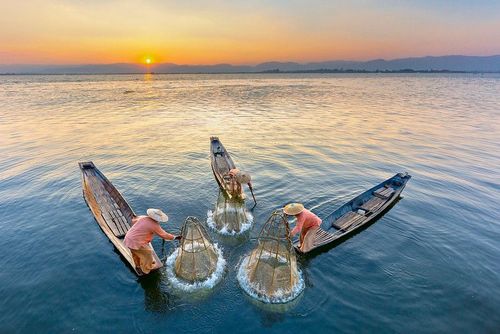
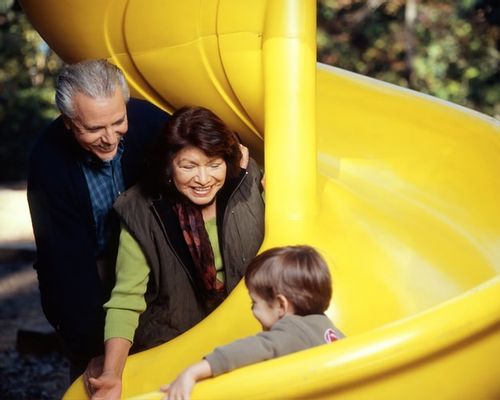
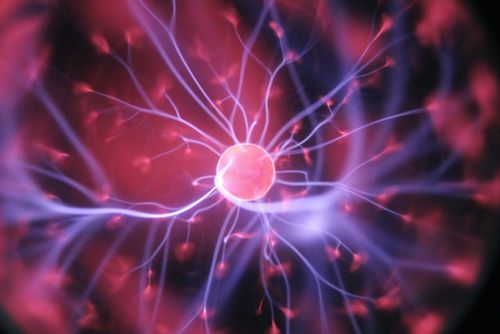
Browse Category

We’ll send you tons of inspiration to help you find a hidden gem in your local area or plan a big day out.



Check your inbox for your latest news from us. You have subscribed to:
Remember that you can always manage your preferences or unsubscribe through the link at the foot of each newsletter.